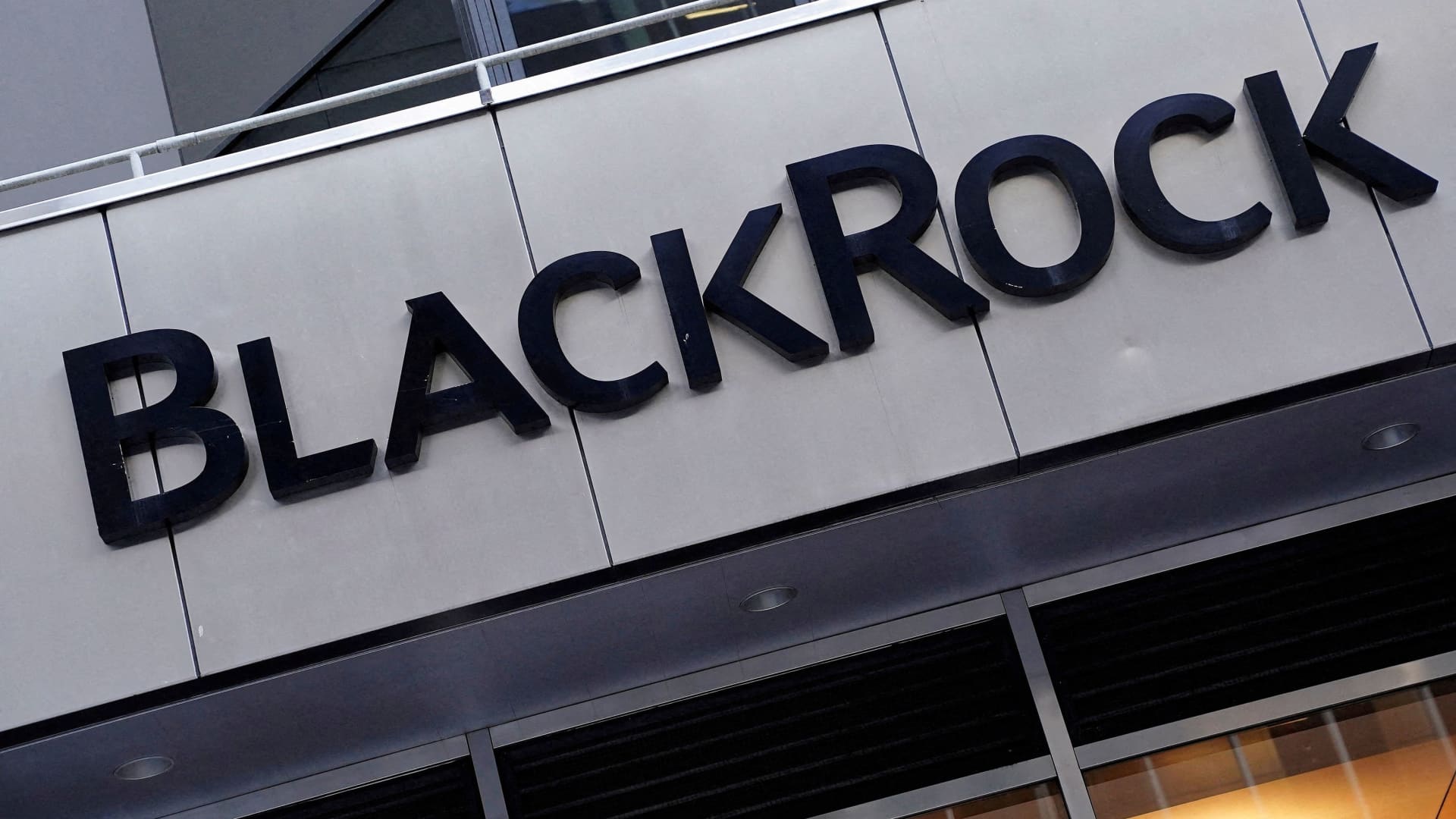When BlackRock CEO Larry Fink bought the iShares ETF business from Barclays for roughly $13 billion in 2009, the economy was still reeling from the great financial crisis.
At the time, $13 billion seemed like an awful lot of money to spend on a tiny business. ETFs were still in their infancy: there was roughly $700 million in total assets under management, a paltry sum compared to the trillions then in mutual funds.
By these metrics, Fink’s gamble has proven to be one of the greatest financial investments of all time.
Doing a sum-of-the-parts analysis of Blackrock’s ETF business would be a difficult endeavor, but certainly revenue, assets under management (AUM), and growth potential are important factors.
According to Greggory Warren, equity strategist at Morningstar, Blackrock total revenue was $17.8 billion in 2023. Of that, iShares equity ETF pulled in $4.41 billion and iShares fixed income tallied $1.23 billion (They don’t break down alternative ETFs and multiasset class, but they are both relatively small.)
So the iShares ETF revenue was about a third of Blackrock’s revenue, and Warren said that segment is still growing.
Revenue growth: Check.
Assets under management for Blackrock’s ETF business was $3.85 billion, a number that has roughly doubled from the $1.79 trillion of ETF AUM announced five years earlier in November 2018. It appears this figure includes ETFs that listed and traded outside the United States, including London and Canada, but even excluding ETFs outside the U.S., Blackrock still has the dominant position in total AUM.
ETFs: Where the money is
Blackrock: $2.9 trillion
Vanguard: $2.7 trillion
State Street: $1.3 trillion
Invesco: $570 billion
Schwab: $360 billion
Remainder: approximately $1.5 billion
Source: ETF Action
AUM growth: Check.
As for growth potential, inflows were $83 billion in the second quarter, or $150 billion year-to-date. To give you an idea of how large that is, it’s about one-third of the inflows into the entire ETF business.
Inflow growth: check.
By any metric, Blackrock’s ETF business just keeps getting more valuable. Revenue: growing.
AUM: growing. Inflows: growing.
The entire ETF business is growing
Blackrock’s ETF business is a gold mine, but total AUM for the entire ETF business now a bit over $9 trillion, which means Blackrock and a few rivals control a staggering amount of ETF investment dollars.
If you look at the list above, it’s clear the rich are getting richer. There’s about 300 ETF providers, but the top five represent about 85% of all the ETF assets.
The search for new revenue is endless
The ETF business is still raking in money, but there is tremendous fee pressure across the entire ETF universe, so the search for more revenue goes on.
Neither Fink at Blackrock nor anyone else in the asset management business can afford to rest on their AUM.
For example, Blackrock recently announced their LifePath Paycheck program, an attempt to muscle into a difficult area: the annuities business. Investors have historically been deeply suspicious of annuities due to low payouts and high commissions.
LifePath Paycheck uses Blackrock’s existing target date fund framework, which automatically adjusts asset allocation as participants approach retirement (less equities, more bonds). Here’s the kicker: starting at age 55, a participant can allocate a portion of their assets to a lifetime-income asset class. Participants can begin redeeming their investment at 59½ and purchase annuities from insurers selected by BlackRock.
Another area of potential growth is private equity. Blackrock recently purchased Preqin, a leading provider of alternative equity data, for approximately $3.2 billion in cash. What they want is more access to private equity data. With the IPO market still range-bound, there’s big money to be made in private equity. There’s the potential to create indexes for private equity investment.
But the investment is bigger than just data. The big hope — that somehow an ETF of private equity investments could be created — remains, for the moment, a pipe dream, for the simple reason that buying the underlying private equity assets and managing them in an ETF wrapper is exceedingly difficult. (To create and redeem ETF shares, the market makers would have to be allowed to buy and sell the underlying assets, difficult, if not impossible, to do on a daily basis when you are dealing with private equity.)
Might it be possible to create an index and then find a way to synthetically mimic the index without owning any underlying private equity? That is a possibility.
The bottom line: It’s good to have a business that scales big
Regardless of the challenges, remember that this is a scale business. You could take in billions of dollars more, and because it is so technologically advanced, the costs are minimal.
And that is what keeps a smile on Fink’s face.
“We have $2 trillion more in assets than we did a year ago with the same amount of employees. That is technology at work,” Fink said on CNBC’s “Squawk on the Street” Monday morning.
